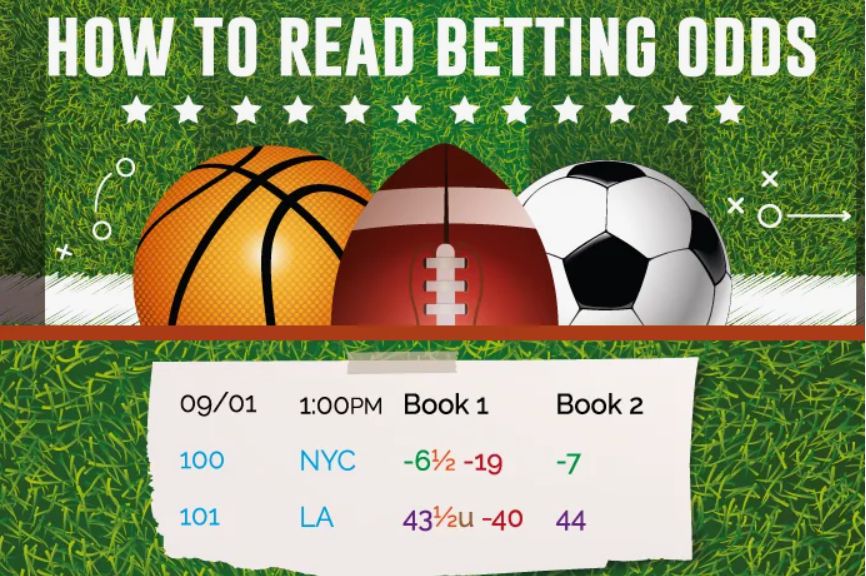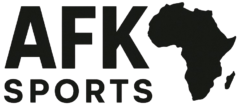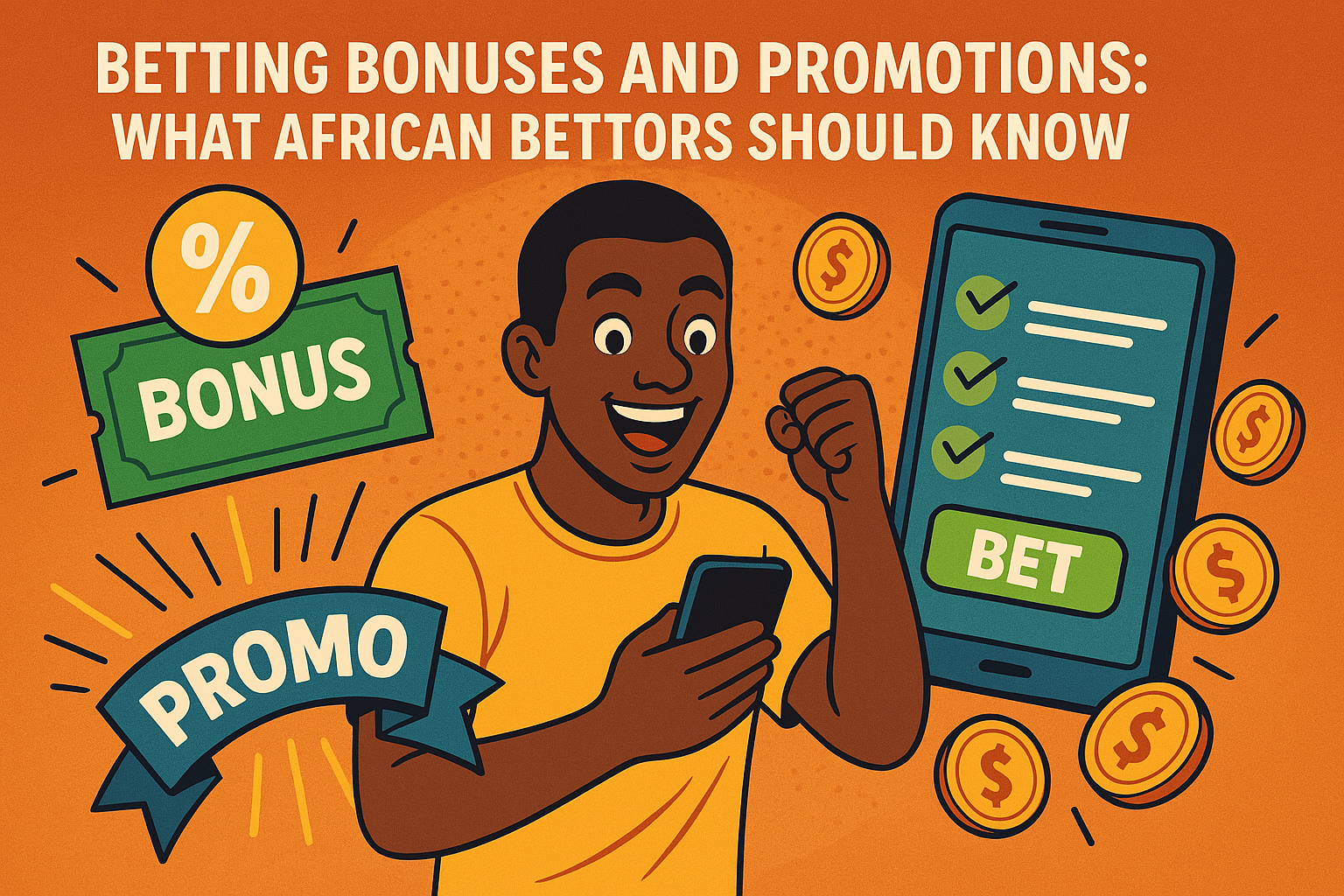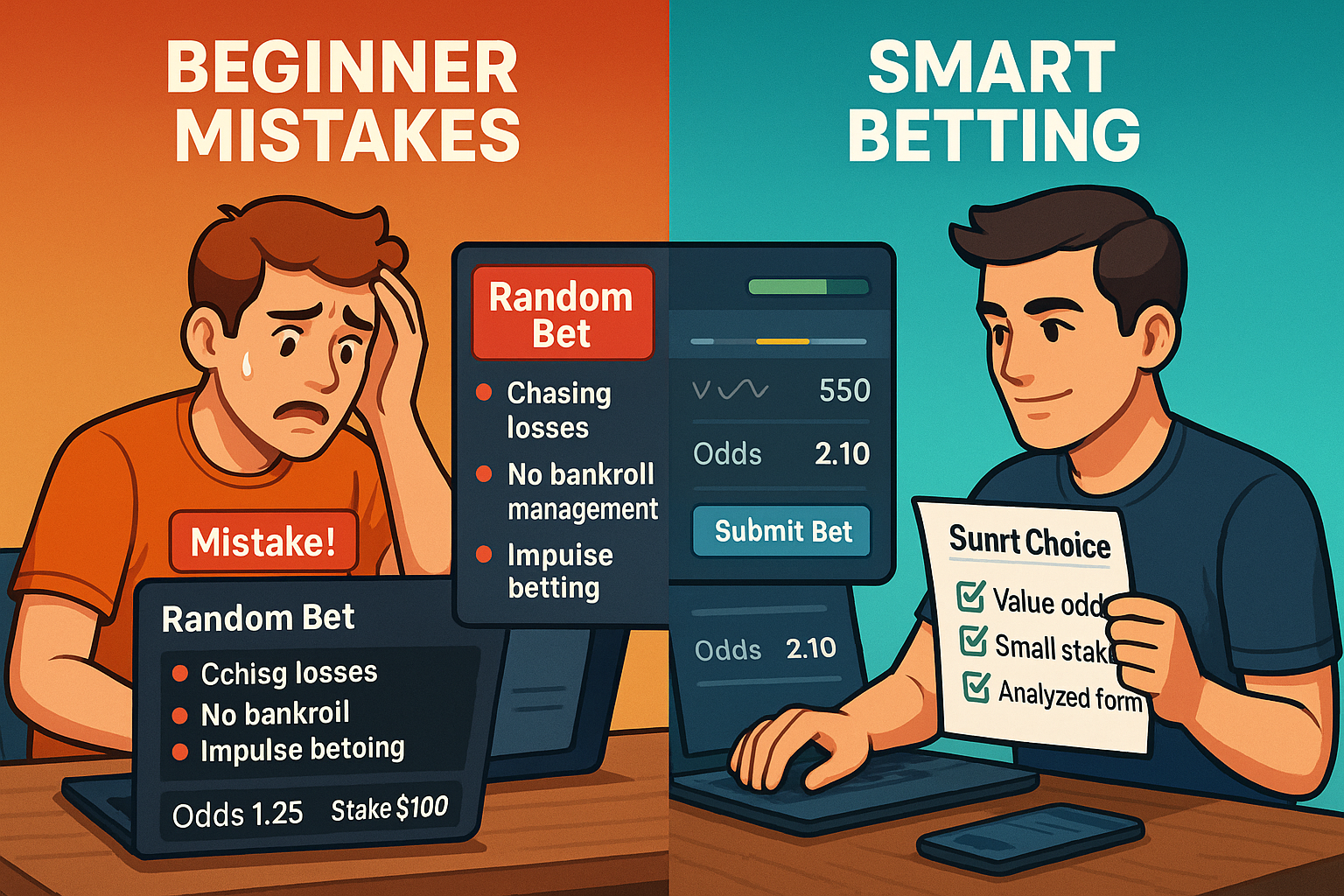How to Read Betting Odds: A Beginner’s Guide for African Bettors

Learning to read and interpret betting odds is the fundamental skill every sports bettor must master to make informed decisions. For African bettors entering the exciting world of sports wagering, understanding odds is like learning the alphabet before writing a novel—it forms the essential building blocks of betting knowledge. Odds serve multiple critical functions: they indicate the implied probability of an outcome, determine your potential payout, and reveal the bookmaker’s margin. Across Africa’s rapidly growing betting markets, from Nigeria’s bustling betting shops to South Africa’s sophisticated online platforms, odds appear in various formats that can initially seem confusing or intimidating. However, once you grasp the basic concepts, you’ll discover that odds are simply a standardized language used to communicate risk and reward in the betting ecosystem. This comprehensive guide will demystify betting odds specifically for African bettors, helping you transition from confusion to confidence when evaluating betting opportunities.
Understanding the Three Main Betting Odds Formats
The global nature of sports betting has led to the development of different odds formats used around the world, with three primary systems dominating the landscape. For African bettors, familiarity with all three formats is increasingly important as betting platforms across the continent often offer the ability to switch between these different presentations. Each format expresses the same fundamental information—the probability of outcomes and potential returns—but does so using different numerical representations that reflect regional preferences and historical betting traditions.
Decimal Odds (European Odds)
Decimal odds represent the most common format used across African betting platforms, particularly in countries with historical connections to European betting markets. This format expresses odds as a single decimal number, which indicates the total return a bettor will receive for each unit staked, including the original stake. For example, if Manchester United is given odds of 2.50 to win, a successful €10 bet would return €25 total (€15 profit plus the €10 stake). The straightforward calculation makes decimal odds particularly accessible for beginners—simply multiply your stake by the decimal number to determine your total potential return. This format is especially prevalent in East African markets like Kenya and Tanzania, where European betting companies have established significant presence. The decimal system’s simplicity explains why most African online betting platforms default to this format, though they typically allow users to switch to other presentations based on personal preference.
Fractional Odds (British Odds)
Fractional odds, displayed as fractions like 5/1 or 2/7, have historical roots in British bookmaking and remain common in parts of Africa with strong British colonial influence, particularly in West African countries like Nigeria and Ghana. This format expresses the ratio of profit to stake—the first number represents the potential profit, while the second indicates the required stake. For example, odds of 5/1 (read as “five to one”) mean you would win €5 for every €1 staked, plus your original stake returned. While initially more challenging for mathematical calculations, fractional odds often communicate certain probabilities more intuitively to beginners. For instance, when odds are presented as 1/2, it immediately signals that the outcome is considered twice as likely to occur than not. Many older betting shops across African urban centers still primarily use fractional odds on their betting slips and display boards, making familiarity with this format essential for bettors who frequent physical betting locations rather than online platforms.
American Odds (Moneyline)
American odds, also called moneyline odds, are less common across most African betting markets but increasingly appear on platforms serving internationally-minded bettors. This format presents odds with either a positive or negative number. Positive figures (like +200) indicate the profit earned on a €100 stake, while negative numbers (like -150) show how much must be staked to win €100. For example, odds of +200 mean a €100 bet would yield €200 profit plus the return of the original stake. American odds have gained visibility in African markets primarily through the growing popularity of American sports like NBA basketball and NFL football. While still secondary to decimal and fractional formats across most of Africa, understanding American odds provides valuable flexibility when exploring different betting markets and international platforms. Nigerian and South African betting operators, catering to more sophisticated bettors, typically offer American odds as a display option alongside the more traditional formats, particularly for North American sporting events.
Decoding the Meaning Behind Betting Odds
Beyond simply representing potential payouts, betting odds provide critical insights into the probability of outcomes and the broader betting landscape. Learning to interpret these deeper meanings allows African bettors to make more informed decisions by understanding what the odds actually reveal about both the sporting event and the betting market surrounding it.
The relationship between odds and implied probability represents the most fundamental concept for serious bettors to master. Every set of odds mathematically converts to a percentage that reflects the bookmaker’s assessment of an outcome’s likelihood. For decimal odds, this calculation involves dividing 100 by the decimal figure (100 ÷ odds = implied probability percentage). For instance, odds of 2.50 translate to an implied probability of 40% (100 ÷ 2.50 = 40%). Understanding this conversion allows bettors to quickly assess whether they believe an outcome is more or less likely than the bookmaker’s estimation. If a bettor believes a team has a 50% chance of winning but the odds imply only a 40% probability, this represents a potential value opportunity. This concept of comparing personal probability assessments against implied odds probabilities forms the cornerstone of advantage betting strategies employed by successful African bettors.
- Odds movements provide valuable market intelligence, revealing how betting patterns are shifting before an event. When odds shorten (decrease) for a particular outcome, it indicates increasing betting activity on that selection.
- Odds disparities between different bookmakers highlight potential value opportunities, with research showing price variations of up to 15% across competing African betting platforms for identical events.
- Opening odds versus closing odds comparisons can reveal the market’s collective wisdom, with studies indicating closing odds typically provide more accurate probability assessments than opening prices.
- Outlier odds that differ significantly from market consensus may signal either bookmaker error or proprietary information influencing a specific operator’s risk assessment.
- Odds correlation across related markets often reveals inconsistencies that attentive bettors can exploit, particularly in derivative markets like first goal scorer and correct score.
The concept of overround (bookmaker margin) proves crucial for understanding the true fairness of betting odds. In a perfectly fair market, the implied probabilities of all possible outcomes would sum to exactly 100%. However, bookmakers build in their profit margin by setting odds that collectively translate to more than 100%, typically ranging from 105-115% across major African betting platforms. For example, in a football match, the combined implied probabilities for home win, draw, and away win might total 107%, with the extra 7% representing the bookmaker’s edge. Skilled bettors specifically seek out markets with lower overrounds, as these offer more favorable value propositions. Comparative analysis shows that competitive African online markets like those in South Africa and Kenya typically feature lower margins (5-8%) than retail betting shops in the same countries (10-15%), making online betting mathematically advantageous for value-conscious bettors.
Converting Between Different Odds Formats
The ability to fluently translate between decimal, fractional, and American odds formats represents an essential skill for African bettors who wish to operate confidently across different betting platforms and international markets. While most modern betting sites offer built-in conversion tools, understanding the mathematical relationships between these formats empowers bettors to quickly perform mental conversions when comparing odds from diverse sources. This versatility proves particularly valuable in the African betting landscape, where different formats often coexist across various betting channels.
Decimal to Fractional Conversion
Converting decimal odds to fractional format requires a simple mathematical process that reveals the underlying ratio. To perform this conversion, subtract 1 from the decimal odds (representing the return of the original stake), then express the result as a fraction in its simplest form. For example, decimal odds of 3.50 convert to fractional odds by calculating 3.50 – 1 = 2.50, which expresses as 5/2 in simplified fractional form. This conversion becomes particularly useful when comparing odds between modern online platforms that display decimal odds and traditional betting shops across African countries that still primarily use fractional notation. Kenyan bettors, for instance, frequently navigate between urban betting shops using fractional odds and mobile betting platforms displaying decimal format, making conversion skills practically valuable in daily betting activities.
Fractional to American Conversion
Translating fractional odds to American format involves distinct processes depending on whether the fraction represents odds against (greater than 1/1) or odds on (less than 1/1). For odds against, such as 5/1, multiply the fraction by 100 to determine the positive American equivalent: (5 ÷ 1) × 100 = +500. Conversely, for odds on like 1/5, calculate -100 divided by the fractional value: -100 ÷ (1 ÷ 5) = -500. This conversion skill proves especially relevant for African bettors who frequent international betting exchanges or participate in markets for American sports, where understanding the relationship between familiar fractional presentations and American odds becomes necessary for accurate value assessment. Nigerian bettors, who demonstrate growing interest in NBA and NFL betting, often benefit from fluency in this particular conversion when using international platforms that default to American odds for North American sports.
Odds Conversion Applications
Beyond manual calculations, numerous digital tools facilitate instant odds conversion for African bettors. Mobile applications specifically designed for the African market offer conversion utilities that account for regional odds variations, while integrated features within betting platforms allow users to toggle between preferred formats. These technologies particularly benefit bettors who operate across multiple platforms with different default presentations. Research indicates that approximately 65% of active African online bettors utilize at least two different odds formats when placing wagers, highlighting the practical importance of conversion fluency in the contemporary betting environment. While technological tools provide convenience, developing an intuitive understanding of equivalent values across formats ultimately enables more agile betting decisions, especially when evaluating odds under time constraints during live betting scenarios that have become increasingly popular across African betting markets.
How Bookmakers Create and Adjust Odds
Understanding the methods bookmakers use to establish and modify betting odds provides African bettors with valuable insights into the mechanics of the betting market. This knowledge reveals why odds move in certain directions and helps identify potential value opportunities that arise during the odds-setting process. For African bettors operating in rapidly evolving markets, recognizing these patterns can create significant advantages in identifying favorable betting situations.
Initial Odds Creation Process
The establishment of opening odds combines sophisticated statistical modeling with subjective expert assessment. Bookmakers employ quantitative analysts who develop algorithmic models incorporating historical data, team performance metrics, player statistics, and situational variables to generate baseline probabilities for various outcomes. These mathematical foundations are then adjusted by trading teams with specialized knowledge of specific leagues and competitions. In African markets, this process often involves particular attention to popular European football leagues that dominate betting activity. Research indicates that major African betting operators typically employ teams of 15-25 odds compilers focused specifically on Premier League, La Liga, and Champions League markets, reflecting the overwhelming betting interest in these competitions across the continent. The resulting odds balance mathematical probability with anticipated betting patterns to establish opening prices that protect bookmaker interests while remaining competitive within the marketplace.
Market-Responsive Odds Adjustment
Once published, betting odds become dynamic entities that respond to market forces and emerging information. Bookmakers adjust odds based on betting volume distribution, with heavy action on one outcome typically resulting in shortened odds for that selection and lengthened odds for alternatives. This balancing process, called “balancing the book,” aims to maintain relatively equal liability across all possible results. African betting markets demonstrate distinct regional patterns in this regard, with research showing that West African bettors typically favor high-odds accumulator bets on favorite teams, while East African markets show more balanced distribution across different bet types. Consequently, odds movements often follow different patterns across these regions, with Nigerian bookmakers frequently adjusting odds to discourage excessive accumulation of favorites, while Kenyan operators manage liability more evenly across various outcomes.
External Factors Influencing Odds
Beyond betting patterns, numerous external factors trigger odds adjustments that create both challenges and opportunities for African bettors. Team news regarding injuries, lineup changes, or tactical adjustments can dramatically impact odds, particularly in the hours immediately preceding events. Weather conditions specifically affect certain betting markets, with precipitation forecasts often leading to adjusted total goals odds in football matches. Market synchronization represents another significant factor, as African bookmakers frequently reference international odds movements, creating a ripple effect when major European or Asian betting markets show significant shifts. Experienced African bettors develop systematic approaches to monitoring these external variables, with many utilizing specialized notification services that alert them to significant team news or weather developments affecting upcoming events. By anticipating how these factors influence odds before adjustments fully filter through the market, attentive bettors can secure advantageous prices during transition periods.
Calculating Potential Winnings from Various Odds
The practical ability to calculate potential returns across different odds formats represents an essential skill for every African bettor. While betting platforms automatically display potential winnings after a selection is made, understanding the underlying calculations enables more informed betting decisions, particularly when evaluating the risk-reward balance of different options or when placing bets in retail environments without digital calculation tools.
For decimal odds calculations, the process remains straightforward regardless of the odds value or stake amount. The formula simply multiplies the stake by the decimal odds to determine the total return, including both profit and the original stake. For example, a 1,000 Naira bet at odds of 3.75 would yield a total return of 3,750 Naira (1,000 × 3.75), comprising 2,750 Naira profit plus the original 1,000 Naira stake. This multiplicative relationship makes decimal odds particularly intuitive for calculating returns across different stake levels, which explains their popularity across online betting platforms serving the African market. The decimal system’s simplicity proves especially valuable for mobile bettors in countries like Kenya and Tanzania, where betting via basic smartphone interfaces benefits from straightforward calculation methods.
- When calculating returns from fractional odds, multiply your stake by the first number in the fraction, then divide by the second number to determine your profit, and finally add your original stake for the total return.
- For American odds calculations with positive numbers (+200, etc.), multiply your stake by the odds figure, then divide by 100 to find your profit, before adding your stake for the total return.
- With negative American odds (-150, etc.), divide 100 by the absolute value of the odds, then multiply by your stake to calculate profit, before adding your original stake.
- When calculating returns on multiple selections (accumulators/parlays), multiply the individual decimal odds together before applying your stake to determine potential returns.
The calculation process for combination bets requires more sophisticated approaches that many African bettors find challenging. These bet types—including accumulators, system bets, and partial cover bets—involve multiple selections with compounding odds and various winning scenarios. For accumulator calculations, the process involves multiplying all decimal odds together, then multiplying by the stake amount. For example, a 500 Rand four-team accumulator with odds of 1.50, 2.00, 1.80, and 2.20 would calculate as: 1.50 × 2.00 × 1.80 × 2.20 × 500 = 5,940 Rand total return. System bets like Lucky 15 or Yankee require calculating returns across multiple potential winning combinations, with each combination treated as a separate bet with its own stake division. While these calculations can become complex, developing proficiency enables bettors to quickly assess the value proposition of different complex betting options, a skill particularly valuable in West African markets where combination betting represents the dominant form of wagering activity.
Advanced Odds Reading Skills for African Bettors
Beyond basic interpretation, truly proficient African bettors develop advanced skills for extracting maximum value from odds analysis. These sophisticated approaches transform odds from simple pricing mechanisms into rich information sources that reveal betting opportunities invisible to casual observers. Mastering these techniques separates recreational players from serious bettors who consistently find edges within competitive African betting markets.
The practice of line shopping—systematically comparing odds across multiple bookmakers—represents perhaps the most fundamental advanced skill. Research indicates that African bettors who regularly check odds across just three different platforms improve their average returns by approximately 7-12% compared to those who use a single bookmaker exclusively. This advantage compounds over time, substantially impacting long-term profitability. The fragmented nature of the African betting landscape, with numerous international and local operators competing across different countries, creates particularly fertile ground for this practice. South African bettors enjoy especially robust line shopping opportunities, with over 50 licensed online bookmakers operating in the market, while Nigerian bettors can access approximately 30 regulated platforms offering varying odds. Mobile odds comparison apps designed specifically for African markets have simplified this process, allowing bettors to instantly view aggregated odds from multiple sources, though network connectivity challenges in rural areas sometimes limit the practical implementation of real-time comparison strategies.
Identifying steam moves—rapid, significant odds movements driven by informed betting activity—provides another advanced skill that creates advantages for alert African bettors. These distinctive market shifts typically originate from professional betting syndicates or informed sources with privileged information, making them valuable signals worth following. Successful steam move identification involves monitoring odds movements across multiple platforms simultaneously, recognizing coordinated shifts that exceed normal adjustment patterns. When detected early, these movements allow attentive bettors to secure advantageous prices before the entire market adjusts to the new information consensus. This approach proves particularly effective in niche markets with lower liquidity, such as secondary African football leagues or lower-division European competitions, where information asymmetries create larger windows of opportunity before odds reach market efficiency.
Understanding the relationship between closing line value and long-term profitability represents a sophisticated concept embraced by successful African bettors. This principle holds that consistently beating the closing line—securing better odds than the final market price immediately before an event begins—strongly correlates with long-term betting success. Research within mature betting markets demonstrates that bettors who average just 2-3% better odds than closing lines typically show positive returns regardless of their handicapping approach. This understanding shifts the strategic focus from trying to predict outcomes toward identifying mispriced odds before they correct to market efficiency. For African bettors, this principle emphasizes the importance of timing when placing bets, particularly recognizing when early odds offer value compared to their likely movement direction as game time approaches.



